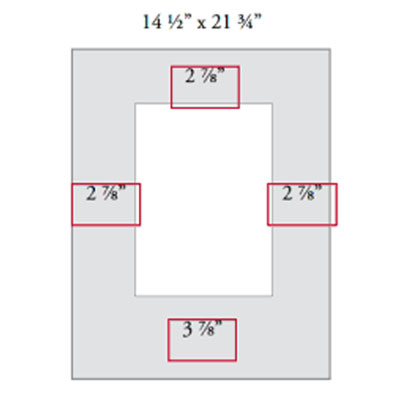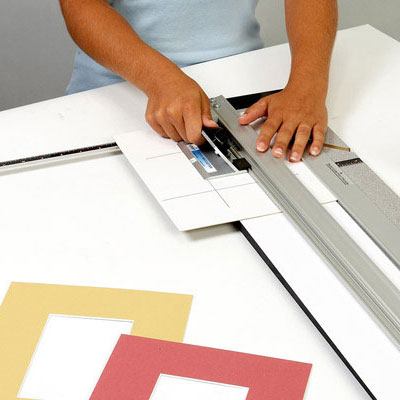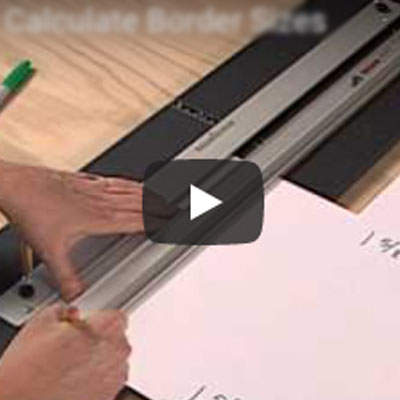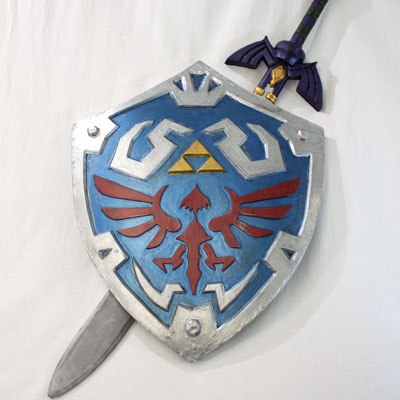Art on canvas may be an original oil or acrylic painting, a photograph or print mounted on canvas, or an image printed directly on canvas fabric. Art on canvas is light weight, so frames do not have to be exceptionally strong to hold them, even for large pieces.
Since most art on canvas is stretched on wooden stretcher bars, which are thick (often 3/4"), the depth of the frame rabbet is an important consideration. It is best if the stretcher bars rest fully within the rabbet, but often this is not possible, because most frames simply aren't that deep. If the stretcher bars will extend out the back of the frame, a wider style of moulding (such as 2" wide) looks much better than a narrow moulding when hanging on the wall.
Oil and acrylic paintings should be framed without glass or any other type of cover sheet. They are left exposed to the air, which is best for the paint, and allows viewers to enjoy the texture and brushstrokes of the painting. Photos and prints on canvas are designed to emulate oil paintings, so their surfaces generally have a protective surface that does not need to be glassed.
To fit canvas artwork into a frame:
1. Lay the frame face down on a clean surface.
2. Place the canvas face down in the rabbet.
3. If the canvas fits entirely into the rabbet, fit as with paper art, tapping nails sideways into the frame. The nails should hold the canvas with gentle pressure, not pressing it down tightly. If the canvas sticks out of the frame, use offset clips or any sort of hardware that functions similarly (screws into the frame, holds the canvas without puncturing the bars.) Toe nailing is the least preferred method because it makes holes in the stretcher bars.
4. Attach a dust cover to the back of the frame, then add hanging hardware: either screw eyes and wire, or Drings without wire for large, heavy frames.















